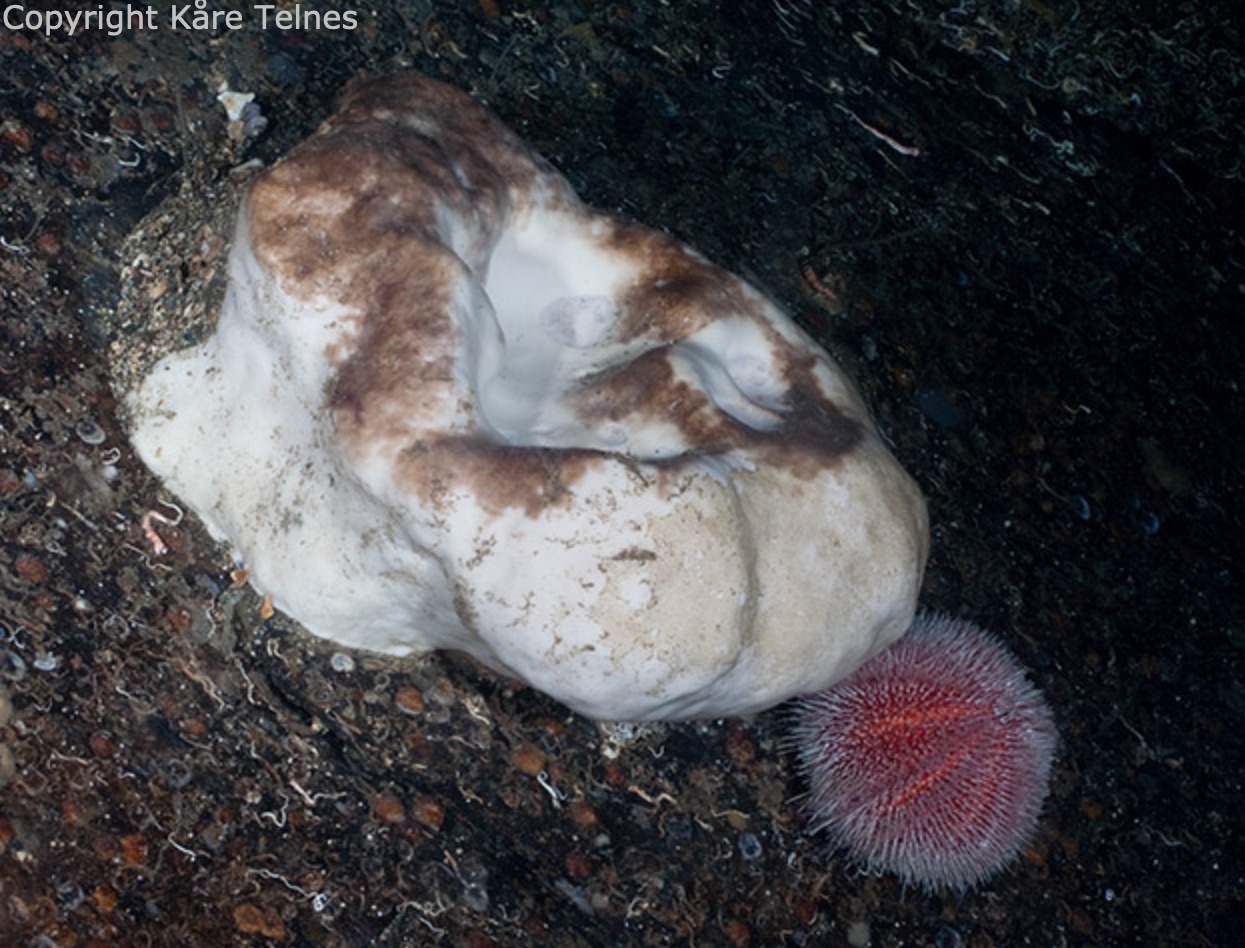Finished! Looks like this project is out of data at the moment!
Welcome to a new version of KSO with movies, updated species keys, extensive field guides, and teaching modules.
Our results are now presented at the Swedish national platform for subsea image analysis, SUBSIM.
Research
Join us and explore Sweden’s marine biodiversity.
On The Koster seafloor observatory we publish snapshots of deep-water recordings from the Kosterhavets National Park in Sweden.
About the study area
The Kosterhavets National Park is Sweden's first marine national park with a size of 389 square km. The area contains a highly diverse and unique marine ecosystem that is under active protection and management since 2009. Close to the bottom of the Koster-Väderö fjord the conditions are very similar to those in the open Atlantic Ocean. Here, sub-surface currents continuously transport larvae of deep oceanic species into the Koster fjord. As a result, there are many bottom dwelling species living here, which are otherwise only found in deep Atlantic waters. Large sponges, starfish and cold-water corals are some of them. You can see them in the photographs below.

*Here is a map of Kosterhavets National Park. On the left hand side, you can see the location of the park. Actually, there are two national parks, on the Swedish side of the border is the Kosterhavet National Park, and on the Norwegian side, there is the Ytre Hvaler National Park. On the right hand side you can see the borders of the Kosterhavets National Park, its the archipelago, and the underwater seascape showing the deep water trench in dark blue. Map drawn by Hans Sjögren.
About the flora and fauna
Hidden under the sea in the Kosterhavet National Park you can find a rich and diverse underwater landscape: cliffs and deep valleys, dark clay sea beds, forests of seaweed and rocky reefs, shallow bays and narrow straits. The variation of habitats and ecosystems creates conditions for an unusually rich flora and fauna. With over 6000 different marine seaweeds and animals, Kosterhavets National Park is the most species-rich marine environment in Sweden.

*The Common sunstar (Crossaster papposus) is a typical inhabitant of the seafloor in the National Park, photo Tomas Lundälv och Lisbeth Jonsson.

*The Football sponge (Geodia sp.) is a large deep-sea species found in the boreal waters of the North Atlantic Ocean, and it is fairly common in the National Park.
About our research and the history of underwater filming
For the last 30 years, the scientists at the Tjärnö Marine Laboratory have used Remotely Operated Vehicles (ROVs) and underwater cameras to monitor the area around the Kosterhavet National Park. The movies and images available to us today not only present an otherwise unseen part of the national park, they also can take us 30 years back in time. In our research we want to study how climate change and human activities influence the fauna in this area and which positive effects the protective status as national park had on the seafloor habitats.

*This photo shows a Remotely Operated Vehicle (ROV) that has been filming the study site since the mid 1990's. It generated a unique time series with more than 20 years of recordings from the seafloor in this area.
Acknowledgements
A large part of the movies has been recorded during biological inventories commissioned by the County Administrative Board of Västra Götaland. We are deeply grateful to the ROV-pilots and the database curators at Tjärnö Marine Laboratory (especially Tomas Lundälv, Lisbeth Jonsson, Roger A. Johansson, Lars-Ove Loo and Per Bergström), who maintained this collection for many years.
About the quality of underwater images and movies
Underwater images are usually of poor quality when compared with images and movies taken on land. This is because there is little natural light below 20 m (i.e. below the photic zone) and the water is very often turbid and filled with particles blurring the recordings. In addition, the camera may not stand still while filming because of the currents in the water. Together these factors often create fuzzy images and these conditions are almost impossible to control for. Hence, we must work with the image quality as is.
How can you help us?
In order to study the long-term changes on the sea floor and understand what effects the protection status of the park have, we need to analyse the species composition over time using the ROV footage. Do you want to help us? Great!